How to Write a Creative Brief for Freelancers (with Downloadable Template and Examples)
28 Mar

Table of Contents
ToggleEver since COVID-19, organizations have been more open to recruiting remote workers across the globe. Not only does this open opportunities for freelancers, but it also provides organizations with a wider range of skill sets.
According to Hire Digital’s recent survey, almost half of senior marketers believe their teams can be fully remote, and the same percentage have engaged with freelancers or plan to soon.
But how can teams effectively collaborate with freelance creatives?
According to Moment CEO Marc Barros, briefs, along with scheduling, is a key factor in delivering consistent quality output among their remote teams. It gives the standard format for any deliverable – design requirements, product launch, new content, you name it.
Collaborating with Freelancers Effectively
Before getting to the know-how of writing creative briefs, we must understand that collaborating with freelancers has another layer of difficulty when it comes to communication. Working with remote freelancers requires a different approach than collaborating with a traditional team. Here are things to remember before writing your creative brief:
- Clearly communicate the scope of the project. Ensure the scope of the project is clearly defined, along with the deliverables, timelines, and budget.
- Use collaboration tools. Project management and visual collaboration tools can increase work productivity in less amount of time. We will discuss visual collaboration tools that ease the challenges of remote collaborations later in this article.
- Set expectations. Clearly communicate what you want to achieve and what you expect from your freelancers, and put it on contract. This not only protects your organization from any legal mishaps but also saves time for both parties.
- Provide clear feedback. Provide clear and constructive feedback to help the freelancer improve their work. This helps to build trust and accountability and ensures that the project is completed to your satisfaction.
- Respect their time. Respect the freelancer’s time and availability. Be mindful of their working hours and availability, especially if they are located in a different time zone.
Pay on time. Pay the freelancer on time and be transparent about payment terms. This helps build trust and ensures the freelancer is motivated to continue working with you.
Elements of a creative brief
Now that we’ve established how the dos of collaborating with freelancers, it’s time to understand what makes a good creative brief. All you really need to know is what should be in the brief, whether it’s for a product launch, marketing campaign, design, or content.
Here are the ten main elements of a creative brief you should always include:
Project background
Including the project background provides context and sets the stage for the work that will follow. The project background helps the freelancers understand the purpose of the project, as well as any challenges or constraints they may need to work within.
Objectives
Clearly define the goals and objectives of the project, including what is to be achieved and why.
Target audience
It’s imperative to define your target audience so your freelancers tailor the project according to their needs, preferences, and behaviors.
Scope
This part is quite important for freelancers. The scope of the project should include the deliverables, timeline, budget, and any constraints or limitations.
Brand guidelines
Provide a clear direction and tone of voice for the project. Again, freelancers aren’t as familiar with your brand like an in-house colleague would be, so clearly writing the brand personality and any messaging or visual guidelines is vital to their work.
Key messages
The brief should outline the key messages that need to be communicated throughout the project, including any specific calls to action or other requirements.
Competitive Landscape
Understanding the competitive landscape can help identify opportunities and ensure the project stands out in the market. This gives them a better background of your industry, and how your products/services are positioned in the market.
Metrics of Success
Define the metrics to measure success, including how the project will be evaluated and the criteria for success. This gives them a better understanding of your internal objectives, which can give them a better understanding of what they should be working towards.
Roles & responsibilities
Clearly outline the roles and responsibilities of all parties involved, including the client, various teams, and any other stakeholders. Since you’re dealing with freelancers, it may be useful to provide the contact information of the point-persons they will be working with.
Company background
Remember that your freelancers don’t know your company inside-out like your in-house staff do. Thus, it’s important to give them every bit of information about your company within the brief.
Creative Brief Template
With these 10 elements, you now have a great creative brief template, as seen below:
The Best Collaboration Tools for Remote Teams
For many businesses, managing remote freelancers has become a usual aspect of their operations. With some teams scattered across different locations and time zones, effective project management is essential to ensure projects are completed on time and to the desired standard. Fortunately, there are a number of tools, such as project management and visual collaboration tools, that can help remote teams stay organized and collaborate effectively.
Collaboration tools are an important component of working with freelancers because they can improve communication, collaboration, efficiency, and flexibility. In addition, these tools enable better output and a more satisfying experience for both the organization and the freelancers.
More importantly, it is an integral part of communicating the creative brief and the project itself.
When looking for a tool to work with freelancers, you must consider accessibility as well as ease of use.
Here are a few project management and visual collaboration tools you can explore when working with them:
Asana
Asana is a web and mobile app that allows teams to manage tasks and projects. It offers features like task assignment, deadline tracking, and file sharing, making it ideal for remote teams.
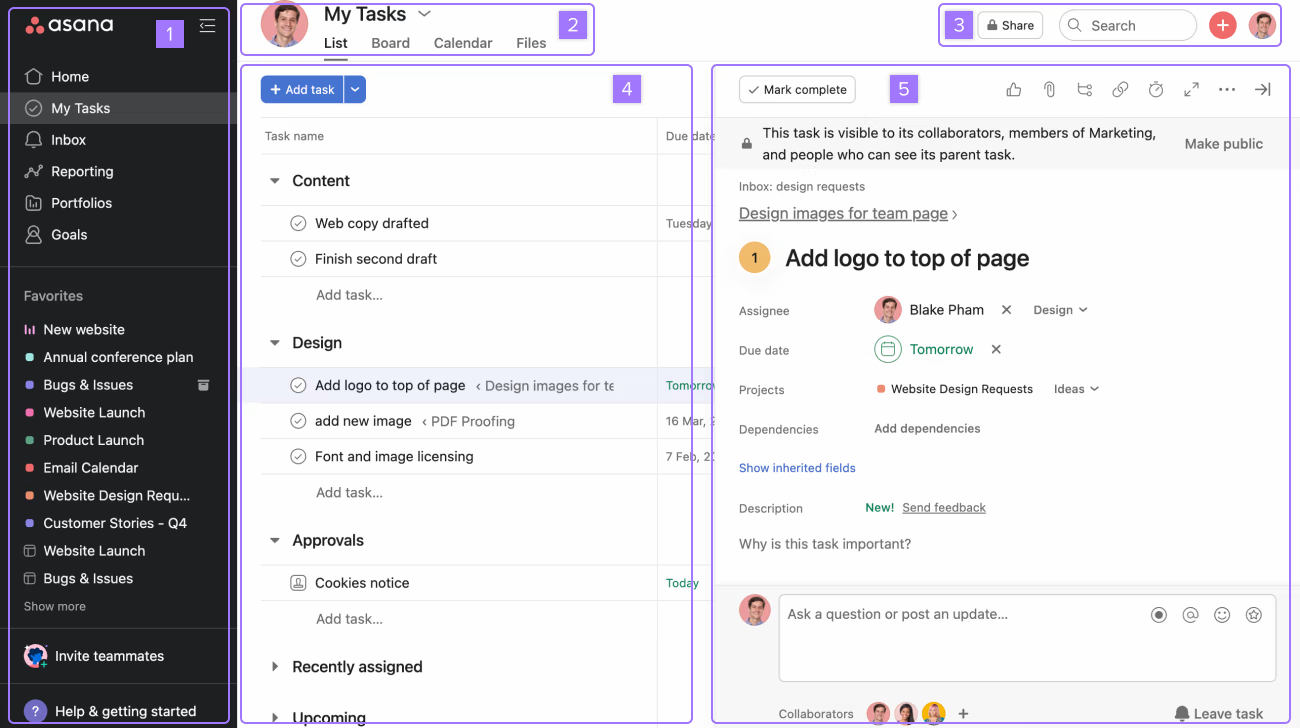
Trello
Trello is a web-based project management tool that uses a visual board with cards to help teams track tasks and projects. It offers features like task assignment, checklists, and file sharing, and is known for its simple and intuitive interface – making it an ideal choice for teams that value ease of use.
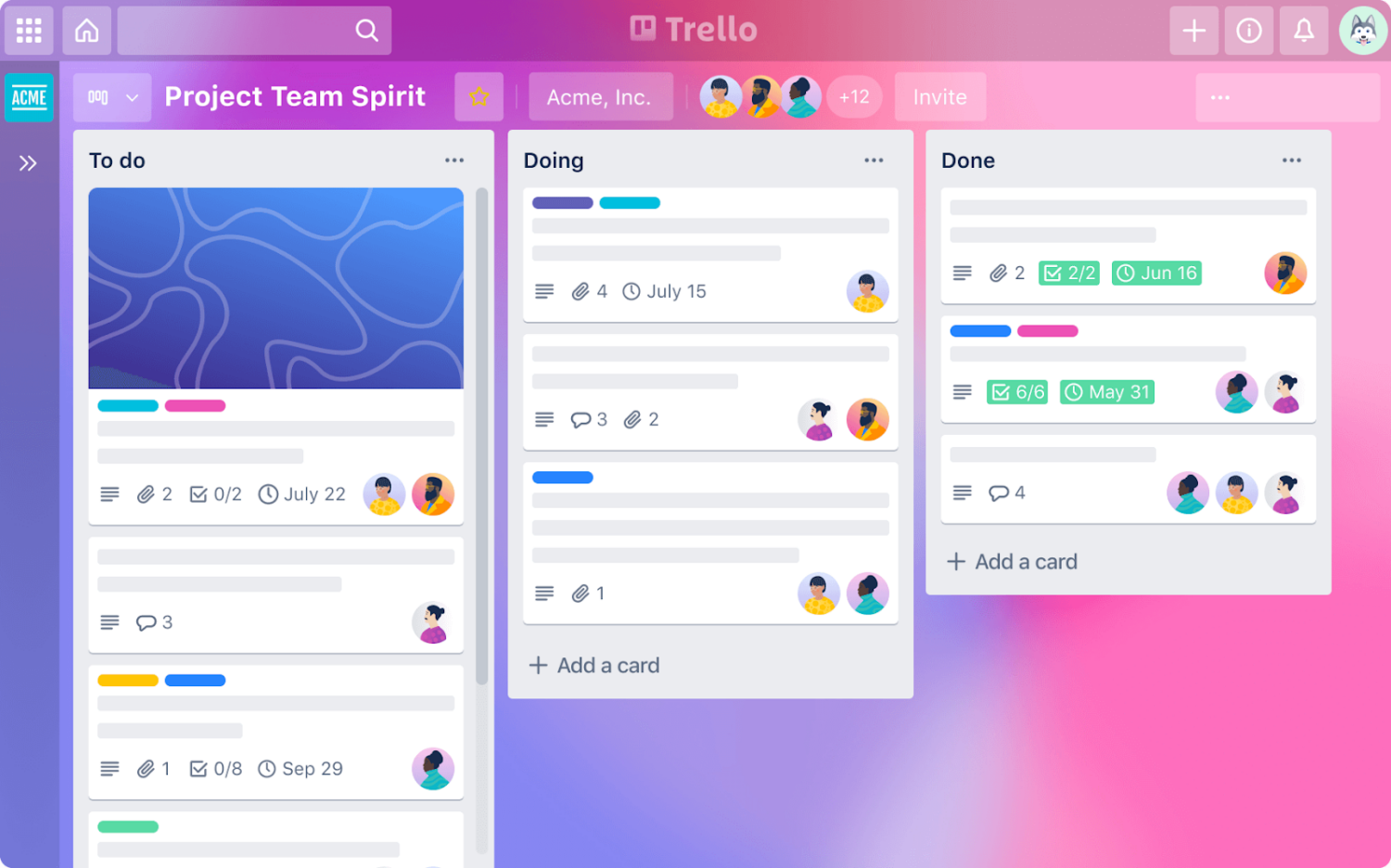
Monday.com
Monday.com is a cloud-based project management tool that allows teams to collaborate on projects and tasks. It offers a range of templates and features for managing projects, tracking progress, and communicating with team members.
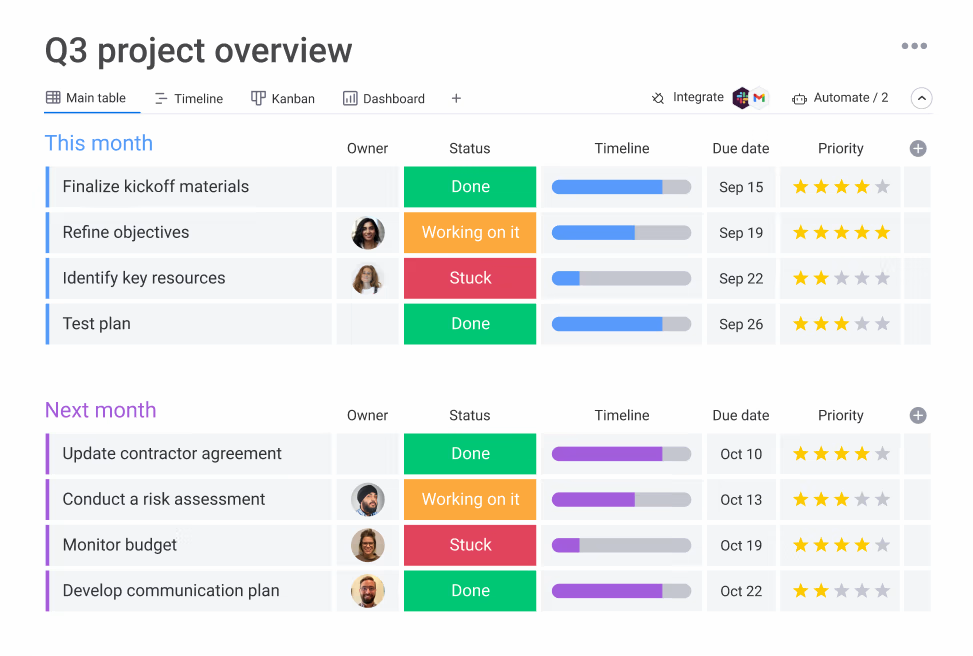
Basecamp
Basecamp is a popular project management tool among remote teams because it is highly customizable and offers a range of features, such as to-do lists, message boards, and file sharing – all of which can be accessed from a central dashboard.
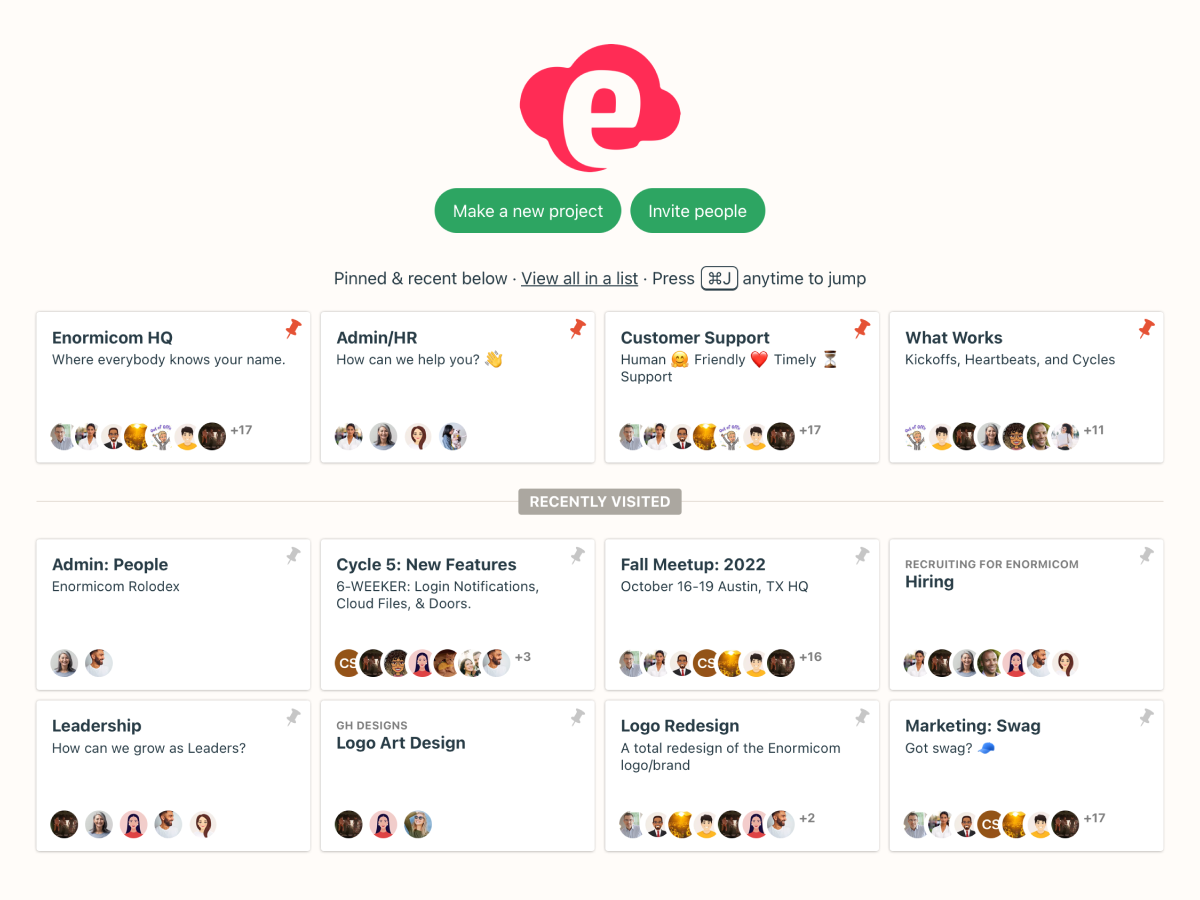
zipBoard
zipBoard is a visual collaboration tool that enables remote freelancers to connect and collaborate in real-time with their employers on live websites, videos, images, PDF documents, and more. This centralized platform offers a plethora of features, including annotation and screen recording tools, customizable project dashboard, easy task tracking, seamless file sharing, and feedback management tools. These features helps streamline the review and approval process between organizations and freelancers.
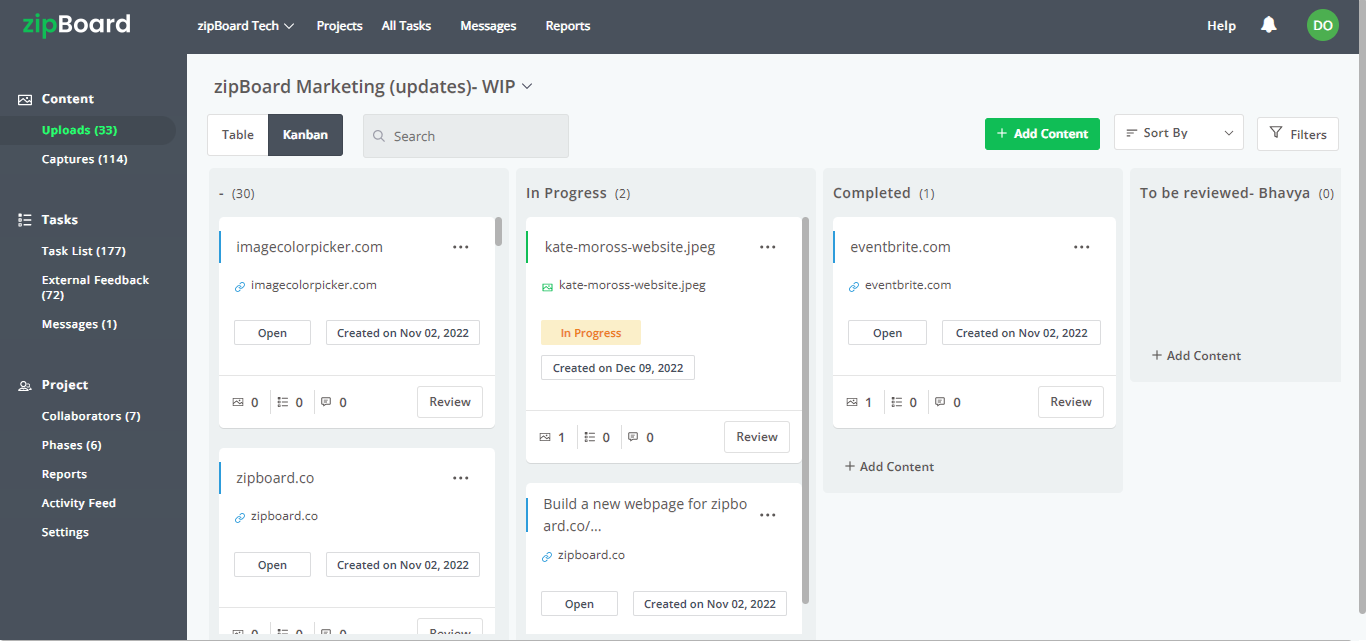
Conclusion
Working with freelancers remotely can provide organizations with a wider range of skill sets, and briefs along with scheduling are key factors in delivering consistent quality output. To collaborate effectively with freelancers, organizations must clearly communicate the scope of the project, set expectations, provide clear feedback, respect their time, and pay them on time. To effectively do so, teams must utilize clear creative briefs and efficient collaboration tools.
A creative brief is extremely important because it would include every vital information and element contractors need to know. This is the initial point of contact before starting the project. It sets the tone for the freelancers, and so their work would highly depend on this.
The use of collaboration tools, on the other hand, can help remote teams stay organized and communicate effectively, leading to better output and a more satisfying experience for both the organization and the freelancers. Your team’s efficiency would immensely enhance with the right tool for you organization.
[Free Template]
Creative Brief Template Bundle
Download your free copy of the Creative Brief Template bundle and get the template in 3 versions: PDF, MS Word, Google Docs (link is in the Word document with instructions to create a duplicate).
Get Yours NowAuthor’s Bio: Isabelle Romualdez
Isabelle is a content manager with years of global experience in remote work and team management. She has a knack for telling stories through data and trying new exotic dishes.
Recent Posts
- Best Practices for Efficient Document Reviews and Collaboration December 18, 2025
- MEP Document Management: How to Streamline Reviews & Avoid Rework October 3, 2025
- What Is Online Proofing Software? And Why Content Review Breaks Without It July 11, 2025
- How Laerdal Medical Cut eLearning Review Time by 50% with zipBoard’s Visual Review Tool July 9, 2025
- Why Your Team Needs a Content Feedback System (Not Just Comments in Docs) May 28, 2025
©️ Copyright 2025 zipBoard Tech. All rights reserved.



